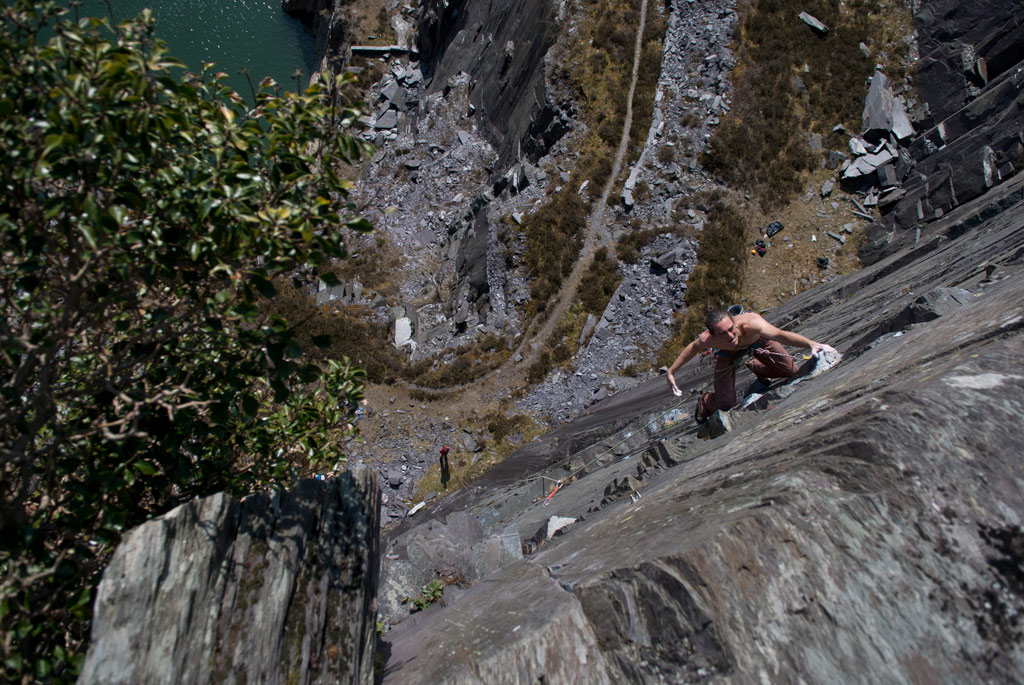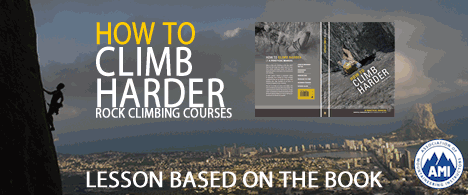Warming up will get the heart, lungs, muscles, joints and tendons ready for action. Whilst some people will do a full aerobics style warm-up, some will opt for easy bouldering or climbing. Some climbers will choose to do none. Although this might feel like you will be able to get more climbing in because you have not ‘wasted’ energy on the warm-up, the opposite is true.
Warming up promotes blood flow through the muscles, dilating the capillaries and actually allowing you to climb harder for longer. It will also help switch your mind from normal life to to climbing mode. A good warm up will help make your muscle and tendons more flexible, a bit like warming up blue tack or silly putty. Once you have got them warm they are less likely to snap.
If you don’t warm up and jump on the hardest route straight away you will get what climbers refer to ‘flash pump’ – your muscles instantly become exhausted because the blood cannot flow effectively through arteries, veins and capillaries restricting the muscles they supply. It is often difficult to recover from the flash pump as you need to go all the way back to the start of your warm up.
Warming Up
Starts heart and lungs working. Promotes good blood follow through cap- illaries. Helps tendons prepare for activity by making them more elastic. Helps promote uid in the joint to increase lubrications. Helps switch the mind to climbing mode.
A good warm-up should last about twenty minutes. It will help to set the scene for your whole session, get you in the right frame of mind and help you to concentrate on skilful climbing.
Video of Warming Up using Bouldering
Warming Up Key Elements
- Raise you heart rate by light jogging and extremely easy bouldering/climbing. Do this until you feel out of breathe and are starting to sweat. (5 – 10 minutes)
- Do some more very easy climbing, you should never feel pumped so maybe try slabs to start with. (5-10 minutes)
- Work up to one grade below you maximum (5 – 10 minutes)
- You should be ready to climb at your max now. If you find yourself getting pumped then drop a few grades to a very easy route, this will help you de-pimp.
The Pump
Bodybuilder’s coined the phrase ‘the pump’ for the swollen feeling and appearance of muscles after a workout. For climbers it is pertinent to climbing in our anaerobic zone, where the build up of lactic acid makes the muscle less and less effective. It starts with a dull ache and ends in a complete inability to contract the muscles effected, resulting in failure. If you carry on to failure the muscle will feel solid to touch, and you will need at least 15 minutes rest to recover.
Iy is essentially cause by you contracting the muscles so hard that you start to squeeze the capillaries shut and starve the muscles of oxygen and energy. In order to de-pump you need to rest the specific muscle but also use them lightly. As the blood pumping too the muscle will help so the accumulation of lactic acid, it is however the contraction of muscles that helps flush the lactic acid out of the muscles.

